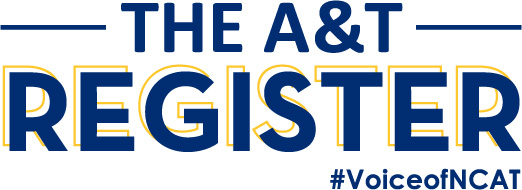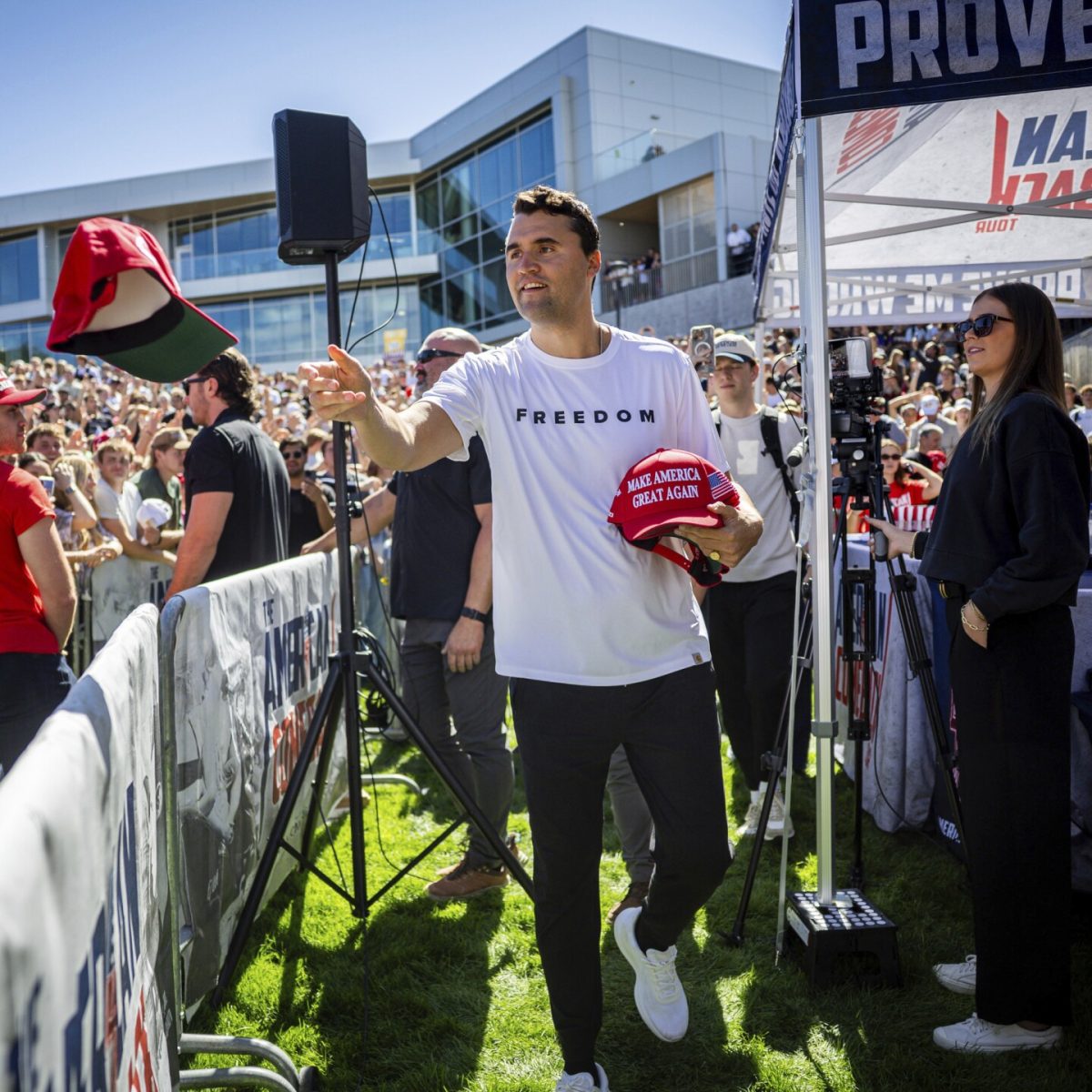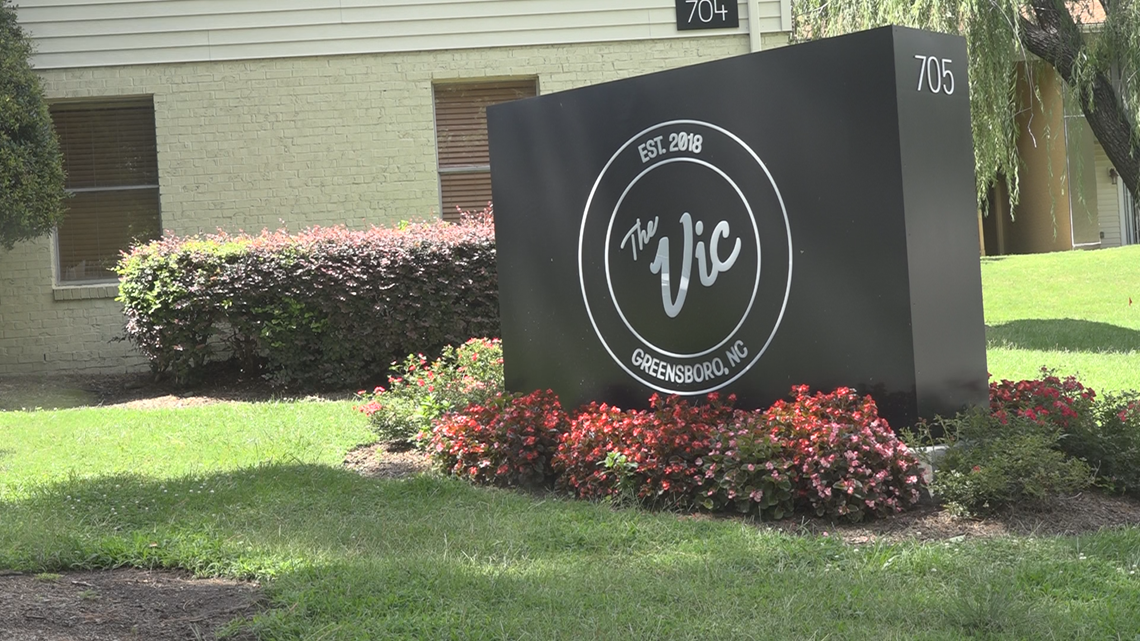Team of six students from STEM Early College at A&T will test their experiment in outer space in September.
Will geotropism in onion seed germination be affected in a micro-gravitational environment? In other words, will the roots and stem of onion seeds know which way to grow without the help of gravity?
That is what A&T STEM Early College students seek to find out. A team of six students from STEM Early College at A&T will test their experiment in outer space in September. The group was among 74 other teams from Guilford County Schools to submit their proposal into a contest by The Student Spaceflight Experiments Program.
They were chosen along with 16 other schools from across the nation.
Stacey Alston, principal at STEM Early College, said students were told to develop an experiment to test in outer space that revolved around the absence of gravity. Originally, Alston said the launch was going to take place in May of this year in Kazakhstan, Asia. It has since been changed to September 2013 and will launch from Canaveral Air Force Station in Cape Canaveral, Fla., which will allow the students to watch their experiment launch.
The experiment entails sending onion seeds into space and observing the direction the roots and stem grow. The specifications for this experiment are 10 onion seeds and a certain amount of water and oxygen. According to Travis Walls, the students’ science teacher, there will not be any sunlight helping with the experiment. Walls, who will help with the experiment, has a background in geology with an emphasis on physics and biology.
“It will only go through the beginning stages of its life. So its life, for the most part, will be terminated after it has run out of oxygen or starches that are built up in the seed,” said Walls.
Walls explained the experiment and procedure the seeds will go through. The onion seeds will be placed in a plastic tube that will not let sunlight through, so the seeds will never be exposed to sunlight. Inside the tube will be water with a certain amount of dissolved oxygen. Inside of that tube will be a long glass tube with 10 onion seeds in it. At a specific time, the scientist at the space station will take the tube out and bend and shake the plastic tube to break it, exposing the seeds to the water. Once exposed to the water, they will begin to germinate or grow.
Once the sees return, students will observe at once the seeds come back is the difference in growth between the seeds in the absences of gravity compared to those here on earth. During the time that the seeds will be germinating in outer space, the students will be conducting the same experiment here on earth in order to compare the two.
“We are not looking for bulbs or leaves. The entire life span of the seeds will only be about 10 days and then they die.” He continued, “The scientist will manipulate the actual container 14 days before they return giving the seeds plenty of time to germinate.” Meaning that on the 14th day before the seeds return they will be mixed with the water and possibly germinate until they land. As long as seeds are at a constant temperature, not dramatically high or low, and are dry, the growth of the seeds can be stopped for years. So what does all of this mean for the people on earth?
If plants are able to grow in outer space, it can possibly answer the question of whether or not life is sustainable in a place other than earth. Also, if plants in space are able to grow in a similar way to the plants on earth, it may be possible to grow crops in space providing fresh food to astronauts.
The students believe that the seeds will be able to go through cellular respiration and break down the carbohydrates that are inside the cell and that the seeds will b able to grow. They think it will have trouble orienting itself because If water is down and light is up then the plant will have a hard time deciphering the two.
Andrew Harvey, a ninth-grader at STEM Early College, helped write the proposal and develop the idea for the experiment.
“It feels good to win the experiment. I participated last year and got 3rd place in the competition.” Then, he was attending Northern Guilford Middle School. Harvey went on to say that it was nice to win because it made him feel accomplished since he didn’t win the year before.
There have been a few obstacles that the students have run into like calculating the amount of dissolved oxygen in the water that they are going to expose the seed to and finding the equipment to measure that. Walls said this helped the students to realize that the very fine points in the scientific process have to be addressed and that it gave them some real world experience in trying to solve those problems.
According to Alston, the Student Spaceflight Experiments Program has made it possible for middle and high school students to perform science experiments in outer space. They are a national science, technology, engineering and math program that is organized by the National center for earth and Space education.
The experiment is being funded by The North Carolina Space Grant Consortium, Center for the Advancement of Science in Space, National Center for Earth and Space Science Education as well as the Joint School of Nanoscience and Nanoengineering.
- Kim Fields, Register Reporter





